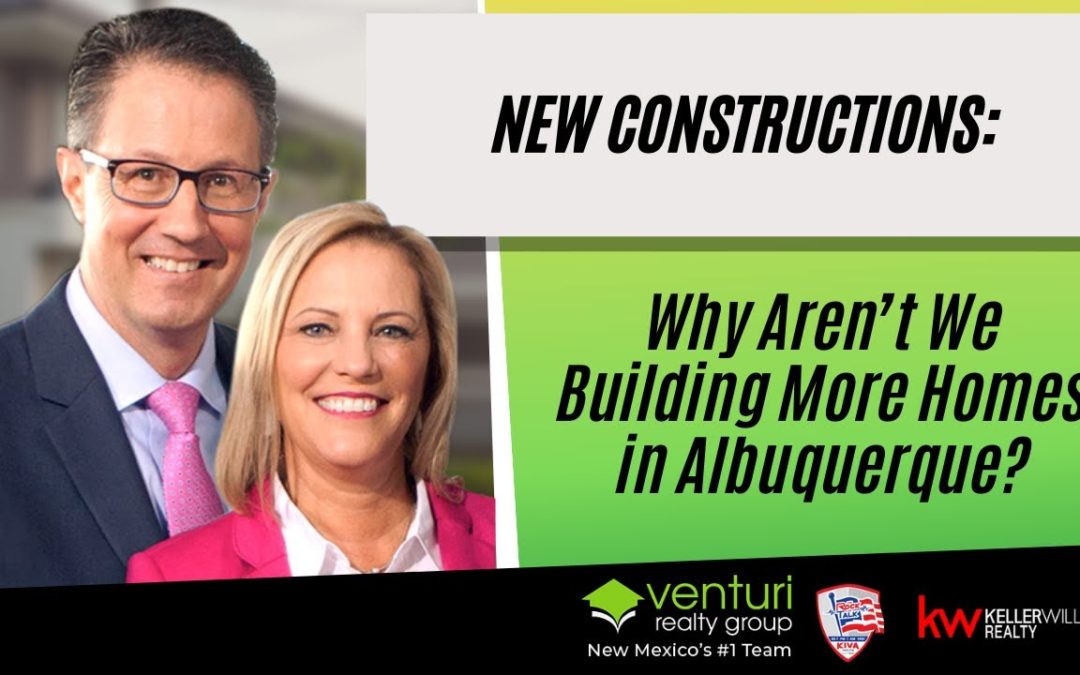
Mar 31, 2022 | First Time Home Buyers, For Buyers, Pricing
If you’re a first-time buyer looking to break into the housing market but struggling to find a home to buy, condominiums (or condos) could be a great alternative for you. Here are a few reasons condos may be something you’ll want to consider. Exploring Condos Could...

Mar 30, 2022 | For Buyers, Housing Market Updates, Interest Rates, Pricing
Based on the Primary Mortgage Market Survey from Freddie Mac, the average 30-year fixed-rate mortgage has increased by 1.2% (3.22% to 4.42%) since January of this year. The rate jumped by more than a quarter of a point from just a week ago. Here’s a visual to show how...

Mar 29, 2022 | Albuquerque Real Estate News
When is the Best Time to Sell Your Albuquerque Home? (Transcript Snippet): “Tego: Tracy, you sent out a, a video to a bunch of our people that subscribe to us. And, and you did, you know, when is the best time to sell your home? And this was about timing the...

Mar 29, 2022 | For Sellers, Housing Market Updates
Are you thinking about selling your house? If so, you may want to make it a priority to start the process soon. According to realtor.com, the sweet spot for sellers is just around the corner. In a recent study, experts analyzed housing market trends by looking at data...

Mar 28, 2022 | Albuquerque Real Estate News
New Constructions: Why Aren’t We Building More Homes in Albuquerque? (Transcript Snippet): “Tego: Can we talk about new construction a little bit. Tracy: So new construction Tego, why aren’t we just building more houses? Tego: Thank you for that setup....






